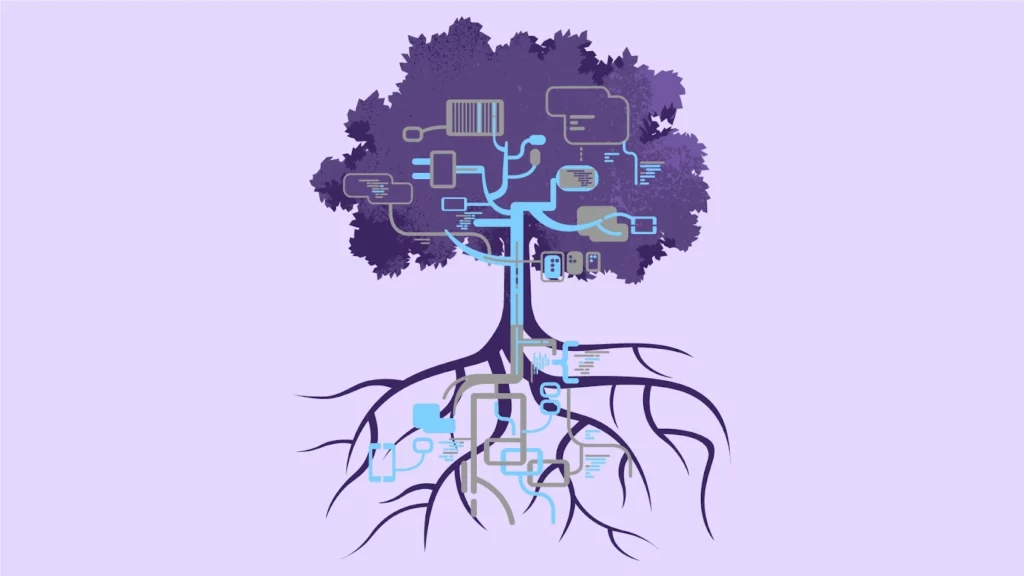Highlights
- Normalization in models such as KNN and neural networks keeps large-scale features from overwhelming smaller ones.
- Tree-based models with split-based decision-making, such as random forests and decision trees, don’t need to be normalized.
- Normalization is not required because Naive Bayes and rule-based techniques do not depend on feature scaling.
- When features have similar scales, normalization is not required, ensuring that the model is not significantly imbalanced.
- Based on data requirements, data consulting firms like Tambena Consulting provide full-service solutions, assisting in the implementation of models with or without normalization.
Normalization is a technique that is used to scale data to a standard range or distribution to improve the performance of certain algorithms. However, there are cases where a model with no normalization is used. It means the features are not adjusted and left in their raw state.
We craft this blog to help you better understand the concept of normalization and no normalization.
Why is Data Normalized?
Logarithmic normalization is done for data because it helps in:
· Preventing the dominance of large-scale features over small-scale features. It is especially important in algorithms that calculate distances like k-nearest neighbors (KNN). Or it is important for models like support vector machines (SVMs) and neural networks.
· Improving the convergence speed of optimization algorithms like gradient descent.
· Lastly, it ensures numerical stability by avoiding large values in computation.
What Happens to Data When Not Normalized?
There are a variety of factors that are considered when the impact of unnormalized data is in question. The impact varies as per the nature of the model. Some of the features that are worth the consideration include:
Feature Dominance
Some algorithms can’t differentiate the data on various scales. Thus, if your features have different scales like height in meters compared to weight in kilograms, they can disproportionately influence the model. It causes biased results affecting the accuracy of the data.
Performance Impact
There are a variety of models that are sensitive to feature scaling. Without normalization, these models will take longer to converge or generate suboptimal results. A few examples of these models are; linear regression, logistic regression, neural networks, and distance-based algorithms like KNN.
Tree-Based Models
Tree-based models have algorithms that are based on splits in the data instead of distance calculations. In such cases, feature scaling is less critical so you can intentionally skip normalization as it won’t affect the performance. A few examples of such models are decision trees, random forests, and gradient-boosting machines.
Interpretability
In models like linear regression model performance without normalization is more effective compared to when normalized. It makes the model easier to interpret. Moreover, it helps in maintaining the original units of the features.
Situations Where No Normalization is Okay
1 Tree-Based Models and No Normalization

Tree-based models operate on algorithms like decision trees, random forests, and gradient-boosting machines. These models operate by splitting the data at various thresholds to make decisions. They don’t rely on distances or gradient-based optimization.
Decision Trees
The decision tree splits the dataset based on the feature values to make its model. For example, if you are predicting the real estate pricing in a residential setting, a decision tree will split the data based on conditions like; “Is the number of bedrooms greater than 3?” Or “Is the house area larger than 2000 sq. ft.?” such splits will happen for each feature separately.
As Tree only focused on comparing features like less than, and greater than, absolute scale doesn’t matter. Regardless of the feature value from 1 to 10 or from 1000 to 10000, the tree will function the same.
Random Forest
As the name suggests it is a model that is an assembly of multiple decision trees. Each individual tree from the forest can be split based on different features based on various thresholds. The model’s performance depends on the combination of these individual trees. As a decision tree doesn’t care about feature scaling, you can say random forest is the model with no normalization.
Gradient Boosting
It is also an ensemble method like a random forest. It involves the sequential setting of trees, where each tree corrects the errors of the previous ones. As it is also dependent on decision trees, they don’t require feature scaling. The splits are based on comparing feature values to thresholds, regardless of the feature scales.
Thus, tree-based models make decisions by splitting data at specific thresholds and don’t require a set scale so normalization is not necessary.
2 Non-Distance-Based Algorithms: Naive Bayes and Rule-Based Methods
Naïve Bayes
It’s a classification algorithm based on Bayes’ theorem that calculates probabilities. It considers that all features are independent and looks at the probability of each feature contributing to a class label.
It doesn’t rely on distances between points or feature scales. Instead, each calculates probabilities for each feature separately and combines them. Due to this, the scale of the feature doesn’t affect the model’s decisions. For example, if you are working with text data, you may count the frequency of words in an email. The actual range of word count doesn’t need to be normalized.
Rule-Based Methods
It’s a term used for a series of if-then rules to make predictions or decisions. For example, In medical diagnosis you may have rules like; if the patient’s BP is greater than 140, and cholesterol level is greater than 200, then the patient is at risk of cardiovascular diseases.
In this example, the rules are set based on a specific threshold for the features, so the model is not affected by the scales of the features. Regardless of the units in which cholesterol levels are measured, the rules are the same as long as thresholds are consistent.
3 Features Already on a Similar Scale
Normalization is done when the features are not the same. So, if the features are the same then normalization isn’t necessary. For example, if all your features are measured in roughly comparable units then each feature has a similar impact on the model.
In such cases, normalization doesn’t create much difference because scales aren’t large to create an imbalance in the model.
As an example of this model, consider a dataset with two features; height in cm and weight in kg. The ranges are 150-200cm in height and 50-100 kg in weight. In such a situation, the model can work just fine without data scaling.
However, if one feature has a value range from 1 to 100 while the other has 1000 to 1,000,000, the large difference in scale can affect models like logistic regression or KNN. In such a case, scaling directly affects the performance so normalization would be necessary.
Role of a Data Consulting Agency

We understand how all this technical information can be overwhelming. So, we advise you to rely on a software solutions provider. It can help your business implement models with or without normalization as per your data requirements.
Model Selection and Design
Based on data and goals, you can have the assistance of which algorithm will be best; tree-based models or Naïve Bayes. Their solution is designed to limit normalization like decision trees or random forests.
Data Preprocessing and Handling
They ensure correct data handling and help with feature engineering. It creates features like categorical or binary data that are suited for models without normalization.
Developing and Optimizing Tree-Based Models
Tree-based algorithms like XGBoost and LightGBM are implemented to optimize hyperparameters and scale models.
Rule-Based Systems and Naive Bayes Implementation
For probabilistic classification and develop expert rule systems for decision-making, they build and fine-tune Naive Bayes models
Integrating Models with Business Workflows
Professionals will deploy models into production using APIs or applications. They integrate them with CRM/ERP systems and monitor model performance, automate retraining where necessary.
Customized Software Solutions
They create user interfaces and explainability tools. These tools can be used for interaction with models and decision path visualization.
End-to-End Machine Learning Solution
Database consultants offer full-service solutions. From data ingestion to post-deployment monitoring, they ensure that models perform optimally over time.
Conclusion
A model with no normalization is helpful where feature values are not scalable. Where the feature difference is great, scaling becomes necessary so does the normalization. Handling data can be challenging, so getting professional help like from Tambena consulting can take you a long way. They offer full-service solutions for effective data handling and management.






